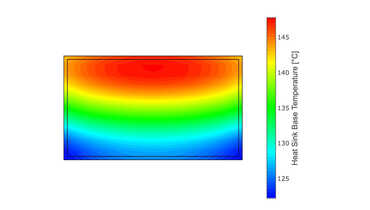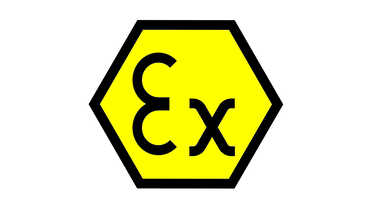5-wire analog resistive
Normally, the upper part of an analog resistive panel detects only one of X or Y-coordinates. However this method has disadvantages due to the wear of the film, damage to electrodes caused by stress, the degradation of homogeneity on the conductive film, and the drift of detected coordinates. A 5-wire resistive film is a technology to complement these shortcomings and its mechanism and operating principle are as follows.
As shown in the above drawing, in a 5-wire resistive touch panel different, the lower part (normally glass) measures both X and Y-coordinates, while the upper part (normally film) only applies voltage. Due to this difference in basic design, a 5-wire method features outstanding stability and endurance and is not affected by damage to the electrodes on the upper part and the degradation of homogeneity of the conductive film. The following is an illustration of the coordinate system
The most generalized method among touch panel technologies.
By use of a pair of conductive films inserted between the upper and lower layer facing each other, if pressure exceeding a certain level is applied to a random position, the two conductive films are designed to touch each other. The basic structure of a resistive touch panel is as follows.
4-wire analog resistive
As the most generalized method among analog resistive films, the structure and operation mechanism of the method are as follows. As shown in the above drawing, voltage is applied to the electrodes located on each side of the upper film. If a random spot is pushed down while voltage is applied on the upper film, potential at the lower film is measured and the X-coordinate is detected. For the detection of the Y-coordinate, voltage is applied to the lower film, and potential at the upper 1 film is measured. After all, this method picks up X and Y coordinates separately.



